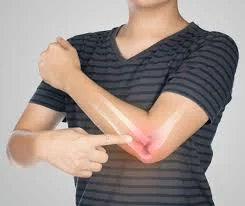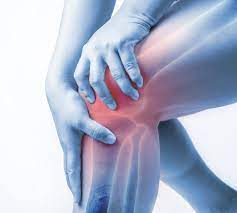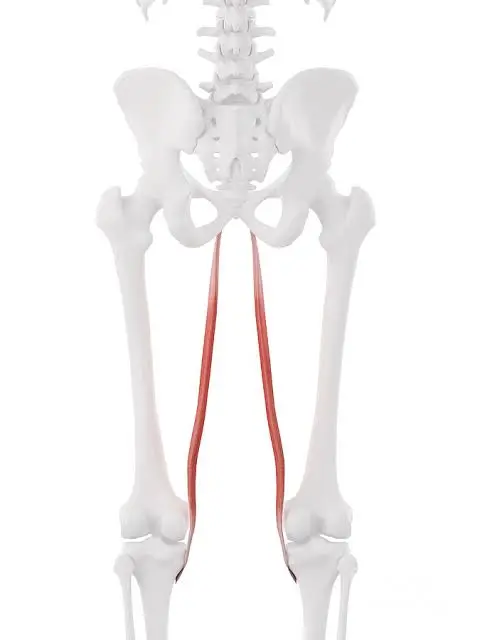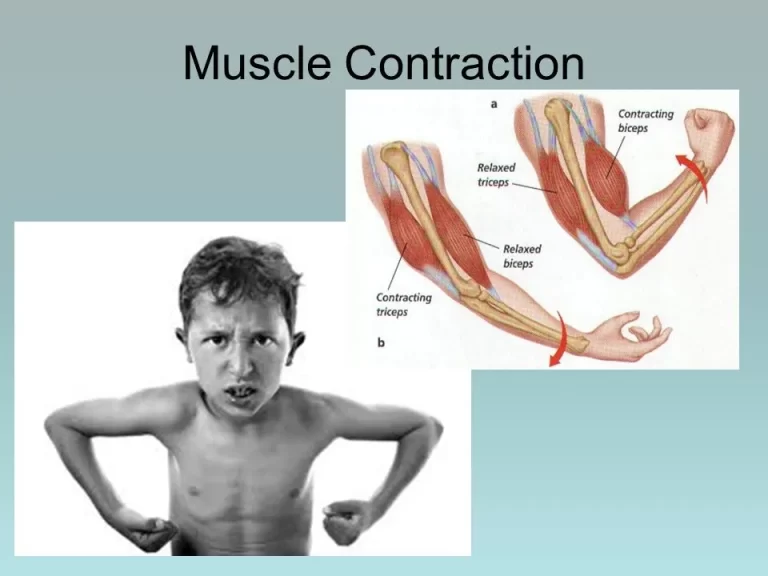Tennis Elbow
Tennis elbow is a condition that may occur due to inflammation of the tendons that join the muscles of the forearm to the outside of the elbow. In some cases, Tennis elbow also develops due to microtearing of the tendons.
Tennis Elbow is also known as lateral elbow pain or lateral epicondylitis. Despite its name, tennis players are not the only ones to develop the condition.It is the most common overuse syndrome in the elbow.
50 percent of tennis players suffers with tennis elbow and about 5 percent of people who have to use their arm with repetitive arm motions or vibrating tools are most likely to develop tennis elbow.It may include plumbers, painters, carpenters, butchers, musicians, nail technicians, carpenters, and dentists.
It usually affects people under 30 to 50 years age group.
Primarily, The pain of tennis elbow occurs where the tendons of your forearm muscles attach to a bony bump on the outside of your elbow and can also spread into your forearm and wrist.
Symptoms
Symptoms of tennis elbow develops slowly. Usually, a specific injury is not responsible for tennis elbow.
The most common sysmptom is pain. Pain begins as mild, ignorable and then worsens over the weeks and months.
You can feel the pain outside the upper forearm, just below the bend of the elbow. And feel the pain, further down the arm, towards the wrist.
Also you can feel the pain when trying to lift or bend your arm. Performing basic actions such as writing, gripping small objects becomes difficult.
Initially, you can notice the pain during turning a door handle, twisting your forearm or trying to extend your forearm fully if it is not otherwise noticeable.
You may feel pain or burning on the outer part of your elbow.
You may feel pain at night even if there is no pain during day.
Grip becomes very weak due to tennis elbow.
CAUSES
Tennis elbow is caused by repeated incorrect movements of the arm. This leads to small tears in the tendon attachment at the elbow. Tennis elbow can be caused by:
Tennis: In tennis, repeated motion and force of hitting a ball with a racquet causes tennis elbow.
If your technique is not correct, it can lead to power in the swing of a racquet to rotate through and around the wrist. The movement that should have created on elbow joint or shoulder creates on wrist instead. This in turn increases pressure on the tendon and cause irritation and inflammation.
The extensor muscles which straighten the wrist, becomes painful due to this tendon breakdown.
OverUse: When the elbow is straight,The extensor carpi radialis brevis (ECRB) muscle helps stabilize the wrist. ECRB gets weak due to overuse and thus microscopic tears form in the tendon. This in turn leads to inflammation and pain.
The position of ECRB puts it at high risk of damage. The ECRB muscles rubs against bony bumps, as the elbow bends and straightens.Over time, it can result in gradual wear and tear of the muscle.
Other Causes
Tennis elbow is caused by overuse that leads to tears in tendon. Despite tennis, it can be caused by daily activities that require repetitive and vigorous use of the forearm muscle or repetitive extension of the wrist and hand, such as:
- Using scissors
- Cutting tough food
- Gardening
- Sporting activities that involve high amounts of throwing
- Swimming
- Manual activities that involve repetitive turning or lifting of the wrist.
- Painting
- Plumbing
- Carpenting
- Butching
- Cooking
Sometimes, there is no exact cause for tennis elbow.
Diagnosis
You can diagnose tennis elbow by an easy test that can be performed at your home.
Stand behind a chair. Put your downward facing palms on the chair back, your elbows should be straight. Hold the chair and then try to lift it.
Pain on the outside of the elbow may indicates tennis elbow. If you feel pain, then contact your doctor.
Your doctor will test the range of motions of the arm.
Doctor may suggest imaging tests like X-ray or MRI to rule out other conditions.
Electromyography (EMG) can be used to find out if the nerves are compressed.
MRI gives better and detailed results than X-ray as it includes the soft tissues, muscles, and tendons inside the arm. Your doctor may order MRI test if outer elbow pain is not getting improved by conservative treatment.
Treatment
Tennis elbow can be treated by different ways:
Non-Surgical treatment
Rest: Resting the affected arm is very important. Take a break from the activities that are causing the condition, that can give time to the tears in the tendon attachment to heal. In case of more serious cases, tennis players treat tennis elbow with ice, anti-inflammatory drugs, soft tissue massages, stretching exercises, and ultrasound therapy.
Physical Therapy: You can take physical therapies. Your therapist will advice you some exercises to strengthen your shoulder, upper arm, and abdominal muscles. Strengthening exercises can reduce the wrist extensors during shoulder and arm movements.
Ice massages and muscle stimulating techniquescan help the muscles to heal.
Strape or tape the forearm:You can support the affected area using a splint. This can help realign the muscle fibers and relieve pressure on the area. Your doctor may recommend use of a splint for 2 to 3 weeks to take the elbow out of action.
Steroid Injection: If you have too much pain and the movement of the arm is difficult, then your physician may recommend a steroid injection. Rest is needed after steroid injection and do not put too much strain on the arm.
Extra-corporeal shock wave therapy (ESWT): ESWT is the technique to send sound waves to the elbow. It is thought that sound waves can trigger the healing process.
Medications: Medications like ibuprofen can help ease the pain, but they are not long term solution.
Heat Therapy: This is one of the most effective and reliable ways to treat tennis elbow. If its been a while that you are suffering from tennis elbow and your muscles are stiff, use heat therapy to promote the blood flow. It helps to relax the muscles, and induce healing.
Platelet-rich plasma: Platelet-rich plasma (PRP) is a biological treatment which is designed to improve the biologic environment of the tissue. In PRP,your doctor will take a small sample of blood from your arm and obtain platelets from the solution.
Platelets which are known for their high concentration of growth factors, will be injected into the affected area.
There are different studies going on to check effectiveness of PRP, some studies are inconclusive and some have shown promising results.
Massage: Massage therapy can help in loosening up the tight muscles and get the blood flowing properly.
Brace: Your doctor may recommend you to use a braceover the back of your forearm. This can relieve the symptoms of tennis elbow by resting the muscles and tendons.
Exercises: Exercises are considered very effective way to cure tennis elbow. Some stretching and light strengthening exercises can be a great start. You can also involve weights or elastic bands, that can be helpful. They can decrease symptoms and increase pain-free grip strength and forearm strength.
Starting the exercise routine will be very difficult but Exercising during tennis elbow is vital for regaining muscle strength and reducing pain.
Despite painful sensations, be consistent with a daily routine of stretches and lifts. Start with light exercises and lower weights, and increase the difficulty gradually.
Here is a exercise steps for you to get you started:
The Tyler Twist
Find an object that you can grip comfortably with both hands. The object should be long and thin. It is advised to use a object that provides resistance while being twisted. A rolled up towel can always work. People often use a tool called flexbar to practice the tyler twist.
Steps for Tyler twist:
- Hold the flexbar with affected hand in maximum wrist extension.
- Hold the top end of the Flexbar with your good hand. Both the hands should face the same way.
- Twist the flexbar with good hand while affected arm remains in previous position.
- Bring arms out in front of you(horizontally) with elbows fully extended, maintain the twist on the FlexBar.
- Carefully and slowly, untwist the flexbar with your affected arm moving wrist into flexion.
Repeat this exercise 10 times a day and when you start feeling the improvement, start doing 2-3 sets daily.
Surgical Treatment
If your condition do not improve in 6 to 12 months of the treatment, your doctor may recommend a surgery.
Most of the surgical procedures for tennis elbow involve removing unhealthy muscle and reattaching healthy muscle back to bone.
You doctor will decide right surgical approach focussing on the several factors, which can be the scope of your injury, your general health, and your personal needs.
You should discuss with your doctor about several options, different risks included and your results from the past treatment.
Open Surgery: Open surgery is the most common approach used by doctors to treat tennis elbow. The surgery involves making an incision over the elbow.
Usually, open surgery is performed as a day case surgery. Patient has to stay at hospital overnight in rare scenarios.
Arthroscopic surgery: Arthroscopic surgery is performed using miniature instruments and small incisions. Justlike open surgery, this is a day case or outpatient procedure.
Surgical Risks
There are risks associated with tennis elbow surgery just like with any surgery. After surgery you are at high risk for:
- Infection
- Nerve and blood vessel damage
- Possible prolonged rehabilitation
- Loss of strength
- Loss of flexibility
- The need for further surgery
Rehabilitation: After surgery, your arm may be immobilized temporarily. Your doctor might support the affected area with a splint. About 1 week later, the splint is removed.
After that, stretching exercises are started to restore the flexibility. But the strengthening exercises are started after 2 months of the surgery.
If you are a tennis player or any athlete, your doctor will tell you when you can return to athletic activity. This usually takes 4 to 6 months after surgery. Tennis elbow surgery is seen being successful in 80% to 90% of patients. However, in rare cases patients loose their strength.
Since your work includes continuous use of arm with continuous arm motions, tennis elbow can be very dangerous, both financially and physically. If you are a athlete, it can even force you to quit sports.
So, Do not ignore the symptoms. Even if you just have a doubt, it is always advisable get tested.








3 Comments